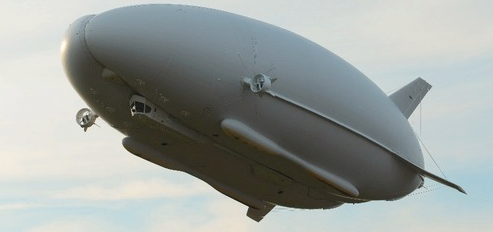Birthdays
Will Rothhaar b. 1987 (Battle Los Angeles, Buffy, Terminator: The Sarah Connor Chronicles)
Kaja Foglio b. 1970 (illustrator, Girl Genius)
David Mitchell b. 1979 (author, Cloud Atlas)
Oliver Platt b. 1960 (X-Men: First Class, 2012, Bicentennial Man, Lake Placid, Tall Tale)
Rockne S. O'Bannon b. 1955 (writer, Farscape, V, Alien Nation, Revolution, Twilight Zone [1986])
Kirstie Alley b. 1951 (Star Trek II: The Wrath of Khan, Village of the Damned)
John Lasseter b. 1957 (director, Toy Story, Toy Story 2, Cars, Cars 2)
Haruki Murakami b. 1949 (author, 1Q84, Sputnik Sweetheart)
Geoffrey Hoyle b. 1942 (author, 2010: Living in the Future)
Jack London b. 1876 died 22 November 1916 (author, The Iron Heel)
One of those rare birthday lists when writers and artists outnumber actors. The Picture Slot goes to Kirstie Alley as Saavik. At the risk of sounding sexist, I can still look at old pictures and think "Wait, Kirstie Alley was a Vulcan? Now hang on... KIM CATRALL WAS A VULCAN? Now you are just pulling my leg."
One name I want to introduce is Geoffrey Hoyle, son of Sir Fred Hoyle who wrote sci-fi with his dad. (Not to be confused with the British performer Geoff Hoyle, known for his work in The Lion King and a founder of the San Francisco group The Pickle Family Circus.) In 1972, Geoffrey Hoyle wrote a children's book entitled 2010: Living in the Future. It's out of print, but I've found a copy online, so Hoyle is going to be a regular weekly contributor to the prediction section over the next few months.
Many happy returns to all the living on our list, and to Jack London, thanks for predicting exact dates in The Iron Heel.
Prediction: On 12 January 1992, the HAL 9000 becomes operational
Predictor: Arthur C. Clarke in the screenplay of 2001: A Space Odyssey, repeated in the book 2010. (pedantic note: In Clarke's novelization of the original screenplay, the date is 12 January 1997.)
Reality: I don't intend the blog to become a greatest hits collection, so as a general rule I won't be repeating every prediction that has an exact date on its anniversary. But some science fiction characters are iconic and HAL 9000 certainly qualifies. Most sci-fi before the microprocessor revolution of the early 1970s either ignores computers or doesn't realize how quickly they will become so big a part of people's lives, and for that Clarke a lot of credit for coming up with HAL in the late 1960s. Instead of underestimating the importance of computers, he writes about computer technology that wasn't actually possible by the 1990s. It's not the first instance of "our creations are going to take over" in science fiction. Rossum's Universal Robots works with that theme in 1920. But 2001 is a major milestone in science fiction being taken seriously by Hollywood, and the theme of a computer takeover of humanity is continued in later works like Colossus: The Forbin Project, WarGames and the Terminator movies and TV shows, among many others. Just like Richard Matheson's I Am Legend deserves props as the start of the Zombie Apocalypse movement, Arthur C. Clarke's HAL 9000 is a major early influence in the Cyber Apocalypse movement.
Looking one day ahead... INTO THE FUTURE!
Monday means OMNI Future Almanac, still one of my favorite sources to delve into, more beloved for boldness than for accuracy.
Wait... I should make that MUCH more beloved for boldness.
Join us then... IN THE FUTURE!



I have read a number of Haruki Murakami's novels and enjoyed them for the writing although I can't say I understood them. Maybe the whole point is to enjoy the surrealism. Glad you included him.
ReplyDeleteMy inclusions on the birthday list are much more idiosyncratic than encyclopedic, as a regular reader like yourself has probably already deduced. Still, I'm glad you're glad.
Delete